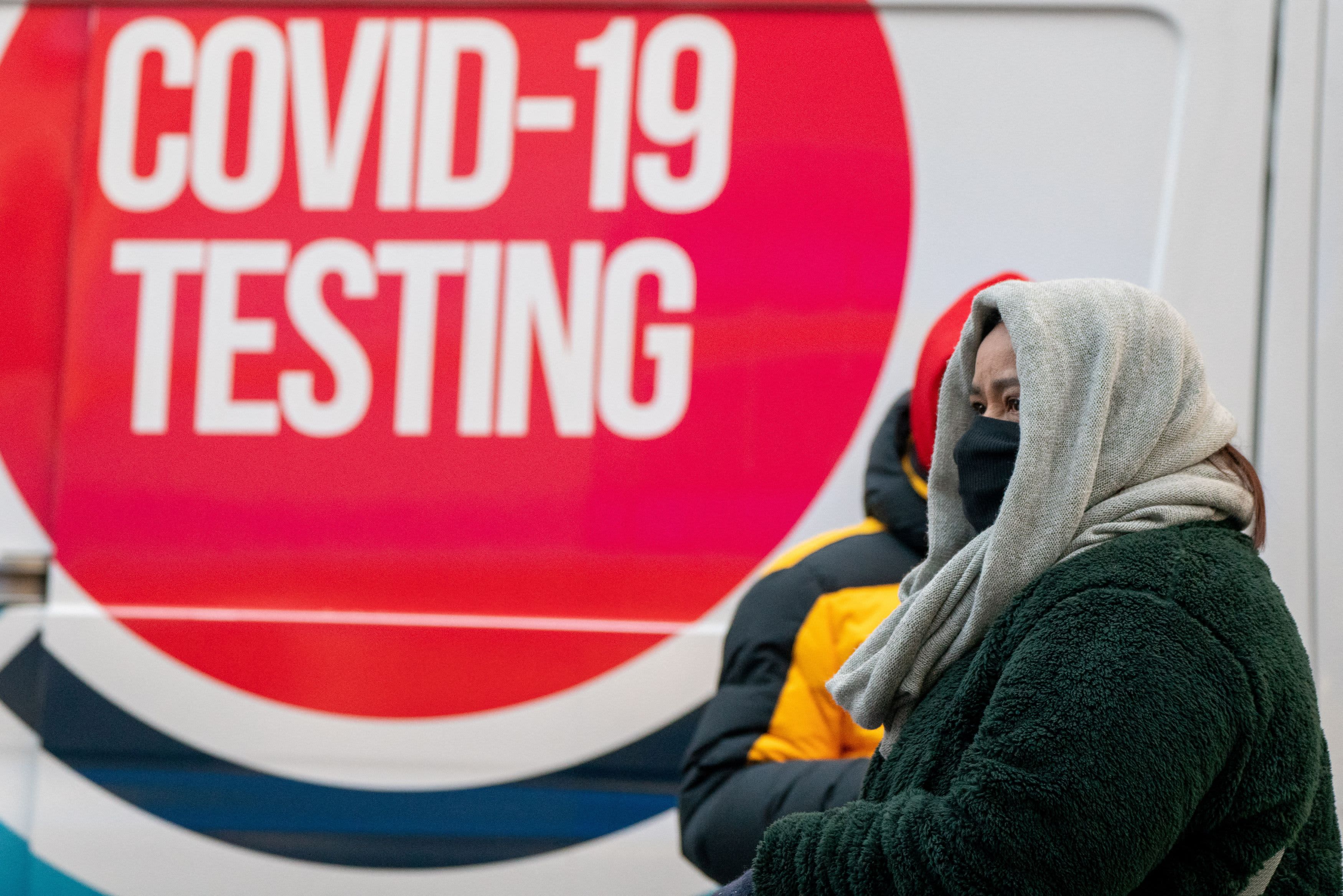
In the midst of Covid's omicron surge, with tests in short supply, you may be scrambling to figure out the best course of action if you've developed symptoms or been exposed to someone with the virus.
Maybe you wonder if it's worth waiting in line for hours for a polymerase chain reaction (PCR) test, or if you can rely>1. If you can't get a PCR, take two rapid tests two days apart.
While the PCR is the gold standard for testing, if you can't get>2. To see if you are infected, take a PCR. Wondering if you're still contagious? Take a rapid test.
PCR tests are more accurate for detecting Covid than rapid tests. They're much more sensitive, too — making them the best tests to use to determine infection, says Dr. Scott Roberts, a Yale Medicine infectious diseases doctor and assistant professor at the Yale School of Medicine in New Haven, Connecticut.
But they're less helpful in determining whether you're still contagious. "A PCR test will still be positive if dead virus is in your nose, which can last for many weeks after an infection," Roberts explains. Since rapid tests look for a protein that's made by an actively replicating virus, it's a better marker for contagiousness.
If you do test negative, you should still exercise caution, warns Binnicker. A small study released earlier this month followed 30 people who used both rapid and PCR tests at the same time, and found four cases where people still passed the virus to others after testing negative>3. Swab your nose, not your throat — at least for now.
Advice to swab your throat is making the rounds on social media, but experts are hesitant to recommend this — for now.
One small pre-print study compared the accuracy of saliva and nasal sampling on 382 people with symptoms of COVID-19 who also had PCR tests done. It found that saliva tests picked up 100% of omicron cases, while the nasal swabs only detected 86%.
But there are no known studies that have directly tested nose versus throat for rapid antigen tests. In addition, the at-home rapid tests only received emergency use authorization (EUA) from the FDA as nasal swabs, points out Binnicker.
"A throat swab may yield a false-positive result, since these rapid antigen tests are influenced by the pH (acidity level) in the sample, and your throat pH can be influenced by food and beverages," he explains.
If you decide to do both, Brooke recommends swabbing your throat first, and then your nose — since the virus sometimes replicates in the throat first before moving into the nasal passages. "The swabbing order is [also] because it seems grosser to swab your nose before your throat," he adds.
Just keep in mind that this is definitely an "off-label" use that's not consistent with current FDA guidance, Brooke says.


Comments
Post a Comment